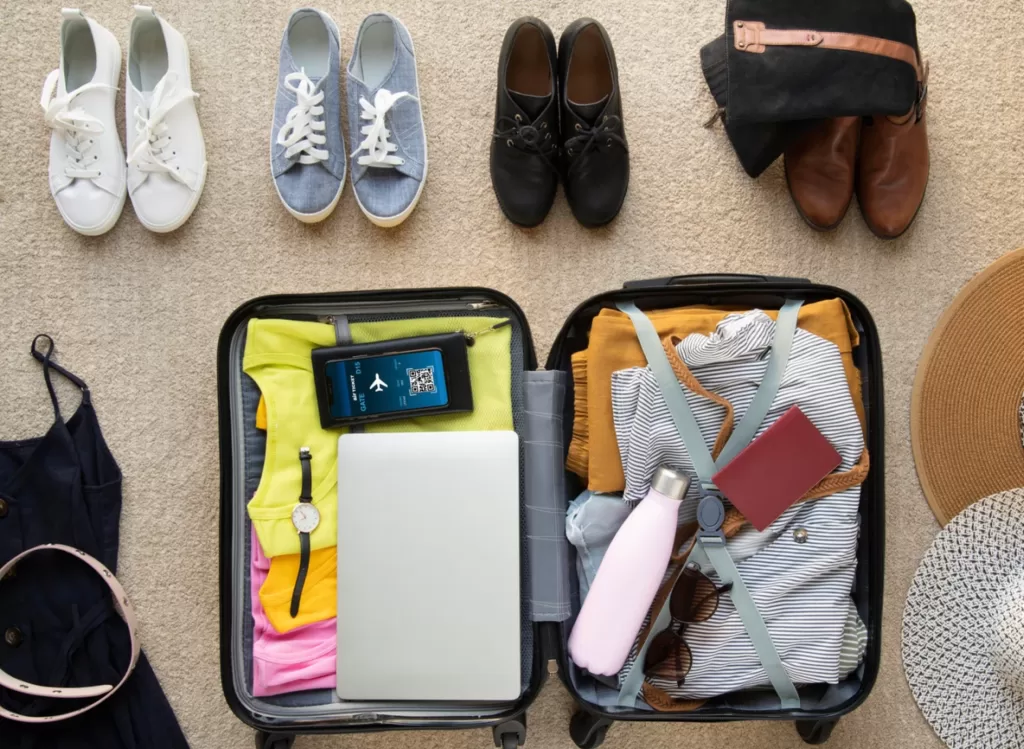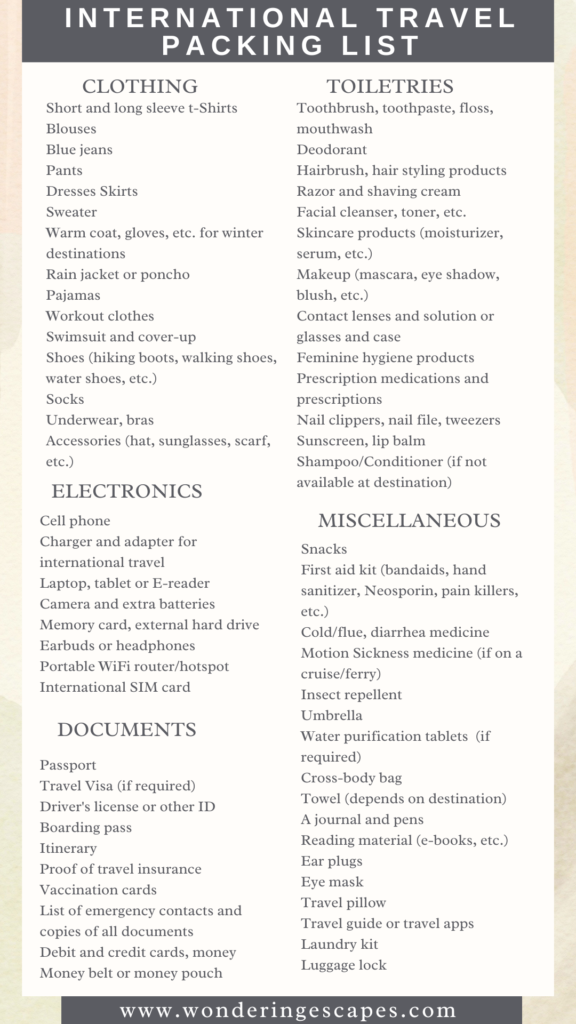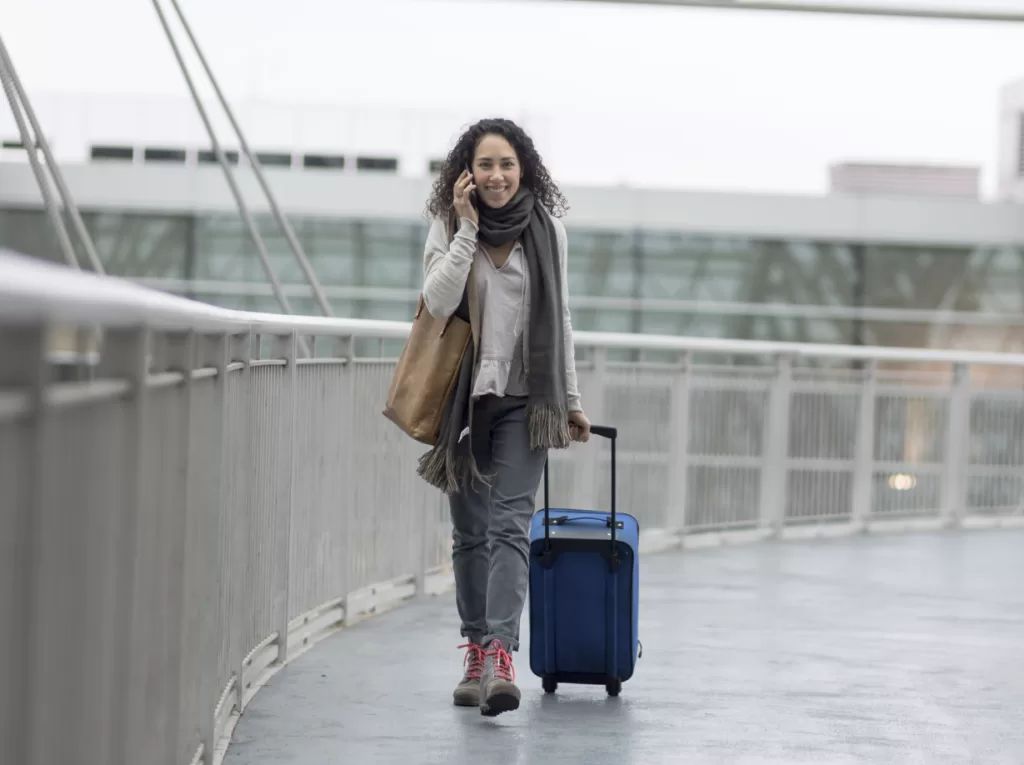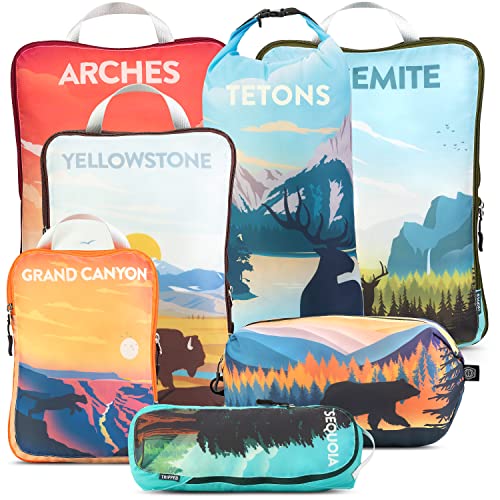
Packing for 10 Days in Europe: The Ultimate Travel Guide

Packing for a 10-day European adventure can feel like solving a complex puzzle. How do you bring enough clothes without overpacking—especially when navigating cobblestone streets and train platforms? I’ve traveled through Europe many times, and I can say this confidently: getting your packing right can make or break your trip. Travelers who pack efficiently often report higher satisfaction with their overall experience, according to insights from various travel forums. Whether you’re strolling the romantic streets of Paris, basking in the Mediterranean sun in Greece, or exploring castles in Germany, this complete Europe packing list will help you pack smart, travel light, and enjoy your journey across the continent.
- GET THE SUMMARY DOWN BELOW

You may also like this:

Essential Europe Packing List: Clothing Strategy for 10 Days
When deciding what to pack for 10 days in Europe, striking a balance between variety and practicality is key. Follow the 5-4-3-2-1 rule: 5 pairs of socks and underwear, 4 tops, 3 bottoms, 2 pairs of shoes, and 1 jacket. This travel-tested formula helps build a compact capsule wardrobe ideal for European adventures.
Stick to neutral basics that mix and match easily—think black jeans and versatile tops. Choose wrinkle-resistant, quick-dry fabrics to keep outfits fresh without frequent washing.
Adjust your wardrobe to the season. For summer, prioritize lightweight, breathable materials. In spring or fall, layering is essential. Even warm destinations can cool down at night, so pack a light jacket or long-sleeve shirt.
 Blooming Jelly Womens Dressy Casual Blouses 3/4 Sleeve V Neck Ruffle Tops Business Ladies Summer 2025 Trendy Work Shirt
Blooming Jelly Womens Dressy Casual Blouses 3/4 Sleeve V Neck Ruffle Tops Business Ladies Summer 2025 Trendy Work Shirt
 ANDANTINO 100% Silk Long Scarf for Women Large Shawls for Headscarf and Neck- Oblong Hair Wraps with Gift Packed (Off-white Calla)
ANDANTINO 100% Silk Long Scarf for Women Large Shawls for Headscarf and Neck- Oblong Hair Wraps with Gift Packed (Off-white Calla)
You may also like this:

Walking Shoes and Dressy Options
Comfortable shoes are a non-negotiable part of any Europe packing list. You’ll do a lot of walking on cobblestones, stairs, and uneven terrain. Bring one pair of supportive walking shoes and another pair that’s dressy but still practical. This combination worked best on my last trip through Europe.
If visiting religious sites, pack modest attire—covered shoulders and knees are often required. A lightweight scarf is a great way to adapt quickly and takes up minimal space.
Europeans often favor a more polished everyday look than what’s common in the U.S. A trench coat or leather jacket can elevate your style and help you blend in with the locals.
Choosing the Right Luggage and Bags
When planning what to pack for a 10-day Europe trip, choosing the right luggage is just as important as what you put in it. If you can pack light, a carry-on that meets European airline dimensions (usually smaller than U.S. standards) saves you time and money.
Packing cubes make a big difference—use them to organize by category and maximize space. Color-coded cubes are great for living out of a suitcase over multiple stops.
For day trips, bring a theft-resistant daypack or crossbody bag. Look for RFID protection and hidden pockets for valuables. A slim fanny pack worn crossbody is also a secure option in busy areas.
Airport Security and Mobility Tips

Consider your transportation methods. If renting a car, a larger suitcase is fine. But if you’ll use public transport, remember you’ll need to lift your bag into train racks and carry it up stairs in hotels without elevators. This consideration reshaped my packing strategy when visiting the Swiss Alps.
Security protocols in Europe are generally strict. Use a hanging toiletry bag with TSA-approved bottles to breeze through airport checks.
A collapsible water bottle saves space and reduces plastic use. Many European cities offer public fountains—this is one of my favorite practical additions.
Rain is always possible. Choose water-resistant luggage or pack a rain cover. This saved my belongings more than once between the hotel and train station during downpours.
Tech and Gadgets Essentials
Your tech setup should balance function and packability. First, bring a universal adapter with surge protection. While most phone and laptop chargers work with European voltage (110–240V), always double-check.
A portable charger is crucial for long days out. A 10,000mAh model can fully recharge your phone 2–3 times. It saved me during a food tour in Italy where I used my phone constantly.
Packing for 10 Days in Europe: Capturing the Moment
Bring a compact or mirrorless camera for high-quality photos if you love photography. They’re more powerful than smartphones but still lightweight.
Noise-canceling earbuds are a lifesaver for flights and trains—smaller than over-ear headphones but just as effective.
Download offline maps, translation apps, and entertainment before you leave. Public Wi-Fi can be unreliable, and European data plans may cost extra. I relied on offline maps to navigate Venice without burning through my data.
Protect your tech with waterproof pouches, especially in rainy regions or boat rides. A wide-brim hat also shields your screen from glare and provides UV protection during outdoor sightseeing.
Toiletries and Personal Care
Streamline toiletries with reusable travel bottles for your essentials. European airport security limits liquids to 100ml containers in one clear plastic bag.
Bring extra prescription medication in original containers and include a copy of prescriptions (use generic names). This helped me immensely during an unexpected trip extension in Paris.
A small first aid kit with pain relievers, band-aids, and anti-diarrheals is smart. European pharmacies are reliable, but navigating brands and language barriers can be tough.
Space-Saving Products
Use multipurpose products—tinted SPF moisturizers, shampoo/body wash combos, or lip/cheek tints. These reduce bulk and simplify your morning routine.
Hotels often provide toiletries, but quality varies. If you’re particular about hair or skincare, bring your own. Coming from San Diego, I noticed the effects of hard water in Central Europe on my hair.
A quick-dry towel is helpful for beach days or budget stays that don’t provide towels. They pack small and dry fast—even when damp.
For women, bring menstrual products you’re familiar with. Tampons with applicators are less common in some countries (do not be surprised if you open the box and you wonder where the applicator is). Period underwear or menstrual cups are compact and reliable options for travel.
Weather Preparation and Layering
European weather is unpredictable. Check seasonal patterns for your destinations, and plan to layer.
Long sleeve shirts you can roll up help you adapt. Lightweight, breathable fabrics like merino wool are ideal—they regulate temperature, resist odors, and can be worn multiple times without washing.
Rain Gear and Outerwear
A compact rain jacket or waterproof shell is essential. I learned this the hard way during a rainy afternoon in London. Look for one that packs into its own pocket.
Bring a light, versatile jacket. A trench coat works for rainy days and dinners out; a leather jacket pairs well with smart outfits in cooler climates.
Pack a small umbrella for unexpected showers—it’s better than dashing for cover every time clouds roll in.
A packable sun hat and sunglasses are important in Mediterranean regions, where sun glare can be intense.
Choose weather-appropriate shoes. Water-resistant walking shoes are ideal for damp climates. In Amsterdam, mine kept my feet dry despite constant drizzle.
Travel Documents and Money Management Tips

Ensure your passport is valid for at least six months beyond your return date. Make digital backups and keep a printed copy separate from the original. This saved me when my wallet was stolen in Madrid (true story -it happened in the subway).
Notify your bank before traveling if your bank requires it. Bring at least two credit cards and one debit card in case one doesn’t work. Many U.S. cards now support chip or contactless payment, which is widely used in Europe.
Packing for 10 Days in Europe: Managing Currency and Security
Get a small amount of Euros before departure for immediate needs. While cards are widely accepted, cash is still necessary for small vendors or public restrooms. €50–€100 should suffice.
Use a slim money belt or hidden pouch to carry backup cash, your passport, and emergency cards. Modern versions are comfortable and discreet.
For daily spending, use a crossbody bag or front-pocket wallet with RFID protection. Choose accommodations with safes for valuables.
Digitally organize your travel documents: download airline apps, save confirmations offline, and use a travel app to centralize your itinerary.
Carry a small stash of Euros as your emergency fund instead of U.S. dollars—it’s more useful and easily spent if needed.
Final Thoughts: Packing for 10 Days in Europe
Packing for 10 days in Europe doesn’t have to be overwhelming. With the right Europe packing list and a few smart packing tips, you can travel light and enjoy your trip stress-free. Focus on versatile clothing, layer strategically, streamline your tech and toiletries, and keep your valuables secure. Most essentials are available abroad, so don’t stress over bringing everything. With this guide, you’re ready to enjoy the charming cafés, stunning architecture, and unforgettable experiences that await—without dragging an overstuffed suitcase. Bon voyage and happy travels!

Ultimate Packing Tips for Your 10-Day European Adventure
| Category | Top Tips for Packing for 10 Days in Europe |
|---|---|
| Clothing | • Use the 5-4-3-2-1 rule: 5 underwear/socks, 4 tops, 3 bottoms, 2 shoes, 1 jacket • Pack black jeans for versatility with multiple outfits • Bring quick-dry fabrics to avoid needing a washing machine • Always pack a light jacket even for warm weather destinations • Choose comfortable shoes for cobblestone streets |
| Luggage | • Use packing cubes for organization and space efficiency • Consider carry-on bag only to avoid extra cost and hassle • Bring a secure daypack or fanny pack for daily excursions • Select water resistant luggage for unpredictable weather • Remember you’ll need to handle your bag in train stations and overhead bins |
| Tech | • Pack a universal adapter with surge protection as your first thing • Bring a high-capacity portable charger for long sightseeing days • Download offline maps before your next trip destination • Use noise-canceling earbuds for long flights and train rides • Protect devices from water damage during unexpected rain |
| Toiletries | • Fill reusable travel bottles to reduce environmental impact • Pack extra prescription medications in original containers • Bring a compact first aid kit for minor emergencies • Use multipurpose products to save space and meet weight limit • Consider a quick-dry towel for beach visits or budget accommodations |
| Weather | • Research conditions for your specific time of year • Pack long sleeve shirts that can be rolled up for temperature changes • Always bring a waterproof jacket regardless of forecast • Carry a small umbrella to avoid wasting much time during showers • Select water resistant footwear for potentially wet climates |
| Documents | • Keep passport valid for 6+ months beyond your return flight • Make digital and physical copies of important documents • Notify banks before using credit cards and debit card abroad • Bring some local currency for immediate needs upon arrival • Consider a money belt for securing valuables at religious sites |
| General | • Choose a neutral color palette for mix-and-match outfits • Consider wrinkle-resistant fabrics for a great experience • Pack a scarf for modest dress requirements at religious sites • Bring a collapsible reusable water bottle for daily hydration • Prepare for different activities with appropriate attire |
























